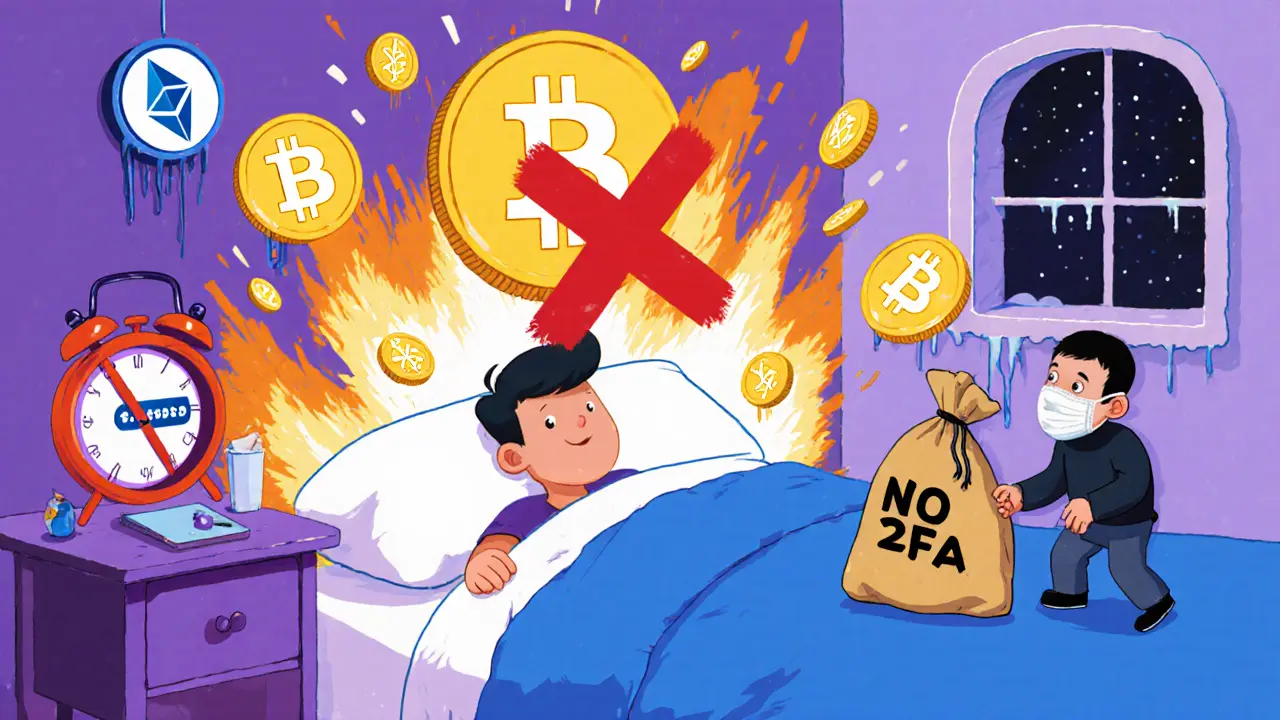Crypto Wallet Security: Protect Your Assets from Hacks and Scams
When you hold cryptocurrency, your crypto wallet security, the set of practices and tools that protect your digital assets from theft, loss, or unauthorized access. Also known as digital asset protection, it’s the one thing no one talks about until it’s too late. If your private key is exposed, your coins are gone—no chargebacks, no customer service, no recovery. This isn’t theory. It’s what happens every day to people who treat their wallet like an email password.
Most attacks don’t target the blockchain—they target private key, the secret code that gives you control over your crypto. Also known as seed phrase, it’s the master key to your wallet. Phishing sites that look like MetaMask, fake support chats on Telegram, and malware disguised as wallet updates are all designed to steal that one string of words. You don’t need a fancy setup to stay safe. You just need to know what not to do: never enter your seed phrase anywhere online, never click links from strangers, and never store it on your phone or cloud drive.
hardware wallet, a physical device designed to store crypto offline, away from internet-connected devices. Also known as cold wallet, it’s the gold standard for anyone holding more than a few hundred dollars in crypto. Brands like Ledger and Trezor aren’t magic—they’re just air-gapped. Your private key never touches the internet, even when you sign a transaction. Compare that to a software wallet on your laptop, which could be infected by a single bad download. If you’re serious about keeping your crypto, a hardware wallet isn’t a luxury—it’s basic hygiene.
And don’t forget cold storage, the practice of keeping crypto offline, whether via hardware wallet, paper wallet, or encrypted USB. Also known as offline wallet, it’s the only reliable defense against remote hacks. Even if you use a hot wallet for daily swaps, keep the bulk of your holdings cold. That way, even if your phone gets compromised, your life savings stay safe.
People think security is about complex passwords and two-factor apps. It’s not. It’s about habits. Writing your seed phrase on paper and locking it in a safe. Double-checking every address before sending. Ignoring every ‘free token’ offer. Saying no to apps that ask for your recovery phrase. These aren’t advanced tricks—they’re the bare minimum. And yet, most people skip them.
Below, you’ll find real-world breakdowns of what went wrong when wallets got hacked, how scammers trick users into giving up their keys, and which tools actually work in 2025. No fluff. No hype. Just what you need to know to keep your crypto yours.
28 May
2025
2FA is the critical security layer that protects your crypto from hackers. Without it, a stolen password can wipe out your entire portfolio. Learn why authenticator apps and hardware tokens are essential, and how to set them up correctly.
